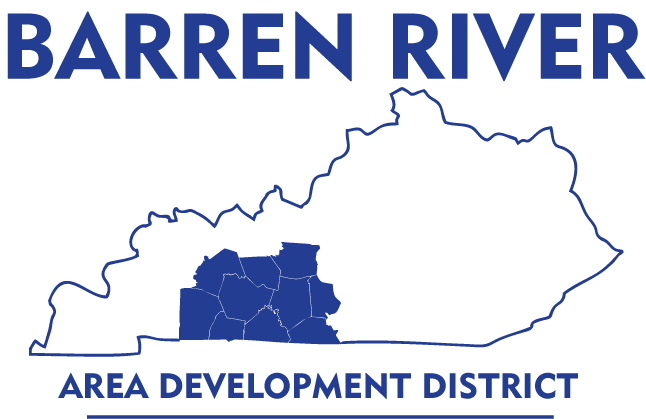BRADD Impact Stories

100 Year Olds
Barren River Area Development District/Area Agency on Aging and Independent Living honor our 100+ year old’s. Thank you for your contributions to our coummintiy.
Stories from our Veterans
100 Year Plaque
Miss Ida Kidd
Ida Kidd lives in Hart County and turned 100 on April 3rd, 2025. Ms. Kidd lives alone, does her own (light) cooking, and sews in her spare time. BRADD recognized Ms. Kidd as one of our 2025 Centenarians this year!
BRADD Client Remembers High-Flying WWII Career
by Matt Pedigo
1942: Most of Europe, North Africa and the western Soviet Union struggles under the occupation of Nazi Germany, while Imperial Japanese forces have conquered or control much of China, southeast Asia and many islands of the eastern and south Pacific. To win World War II, America must fight on two fronts.
While most who served were destined either for the European or Pacific theaters, 18-year-old named Billy Bracey finds a way to serve both: The Air Transport Command (ATC).
Born November 18, 1924 in Springfield, Tenn., Bracey today lives in Glasgow, Ky. He grew up as a farmer in his native middle Tennessee community and graduated high school at age 16. Seeing war clouds gathering, Bracey wanted to volunteer for military service, but was still too young. Until he turned 18, his father said, “You can make another crop here on the farm.” Instead, Bracey entered Austin Peay University on a basketball scholarship. In that time, Japan attacked and devastated America’s Pacific Fleet at Pearl Harbor on December 7, 1941. America was now at war, and Bracey volunteered for military service upon turning 18.
“Back then, you wanted to sign up and do something to help defeat the Germans and Japanese,” he recalls.
He headed for south Florida for basic training—to a far-different Miami area than we know today.
It was pretty primitive back then,” Bracey smiles. “Nothing but trees and beaches.”
“His next stop was aviation training in Syracuse, N.Y., then, ironically, back to Tennessee. In Jackson, he learned to fly a Fairchild PT-19, a dual-seat monoplane trainer.
In mid-1942, Bracey’s aviation career was just beginning, as was the ultimately-vital service he was assigned to: The ATC. Formed under the command of Army Air Corps Gen. Henry “Hap” Arnold, the ATC’s logistical accomplishments were massive, including the building of airstrips and delivering supplies, personnel, and new aircraft around the globe. They also hauled military equipment and evacuated the wounded and prisoners of war from the front lines.
From June 1942 through the war’s end in 1945, the ATC is credited with transporting 650,000 tons of cargo; 3,700 new aircraft; 200,000 military personnel; and more than 104,000 civilians. At the heart of this colossal, worldwide effort, clad in their distinctive khaki uniforms, were the dedicated aviators—men and women–of the ATC. Indeed, the ATC was among America’s first military aviation opportunities for women, including the Women Airforce Service Pilots (WASPs).
Technically, ATC pilots were stationed stateside and considered to be serving in a non-combat role, but their missions could take them anywhere in the world—as Bracey would soon learn.
Having earned his pilots’ wings, Bracey was off to Seymour, Ind., to train on the plane he would fly most often: The Consolidated B-24 Liberator, which, along with the Boeing B-17 Flying Fortress, would become the main workhorses of the American bombing campaign over Europe. With a wingspan of 116 feet and a fuselage length of 66 feet, the twin-paddle-tailed Liberator was powered by four massive Pratt & Whitney propeller engines, each of which churned out 1,200 horsepower. Liberators could put four tons of bombs on an enemy target, and for self-defense, bristled with 10 .50 caliber machine guns. The rugged bombers would serve in every theater of the war.
Bracey did his homework on the Liberator, learning the story behind it: While U.S. military planners liked the Liberators, the small Consolidated company was only turning out one aircraft a month. With America now on war footing after Pearl Harbor–and with the enemy on both fronts fielding highly effective fighter pilots and anti-aircraft defense capability that were shooting down Allied aircraft with alarming frequency—bomber production needed to step up dramatically. Bracey remembers the administration of President Franklin Delano Roosevelt (D) calling in automotive industry pioneer Henry Ford. Bracey in time would actually meet Ford, whom he remembers as an “odd character,” but brilliant.
Ford was also known for spearheading the assembly-line, mass-production manufacturing concept. Ford lent his expertise to the war effort, and in an amazingly short time had American production lines churning out 100 bombers a month. Ford was also open to innovation—and the Liberator needed it, Bracey recalls.
With its wings mounted atop the fuselage, Bracey said, Liberators lacked the natural lift that bottom-winged aircraft had. The result, Bracey recalls, was a big bomber that took a lot of arm and upper-body strength to fly.
“It was lot of work on my arms and shoulders,” he remembers.
Ford addressed this problem by bringing in a man he already had a farm machinery relationship with: Hydraulics pioneer Harry Ferguson. The result, Bracey remembers, was a hydraulic autopilot system that made the Liberator much more pilot-friendly. (Ferguson would go on to post-war fame for his partnership with farm-machinery manufacturer Massey Harris, resulting in farm equipment what would become a household name in rural America: Massey-Ferguson.)
“You just had a joystick that you flew the whole plane with then,” Bracey said.
The autopilot-like system helped a lot in flight, but had to be switched off to land, so bringing the Liberators in safely still took a lot of work, Bracey recalls.
Bracey said flying bomber deliveries involved only a skeleton crew; A pilot, co-pilot and mechanic. Normally, Liberators had crew of 13, also including a navigator, bombardier and machine gunners to ward off enemy fighters. Aviation, then as now, had other daily dangers, including mechanical failures.
“I flew one from Atlanta to Nashville to be worked on,” Bracey remembers. “We lost an engine just after takeoff. I flew it to Nashville on three engines. There were probably 100 people who met us on the runway—fire engines, ambulances and mechanics.”
Bracey didn’t only fly Liberators. A common aircraft for those earlier propeller-driven years of America’s airline industry was the Douglas DC-3, a two-engined plane that carried 21 passengers. The military version, the C-47, would gain popularity with pilots flying supplies “over the hump” (the Himalayan Mountains) in the China-Burma-India theater, as well as earning historical immortality as the transports that dropped paratroopers for major Allied operations such as D-Day. In his military career, Bracey flew numerous C-47s, which he described as “beautiful and simple to fly.” As the war unfolded, the ATC would induct 200 of America’s 360 DC-3 airliners into war service roles.
At the time of his service, America had just 48 states, and Bracey believes his many ATC missions took him to them all as well as Panama. His missions also took him overseas; one involved a skilled landing on a mountain-top runway in the Swiss Alps. There, he picked up American airmen who had been shot down during bombing missions over Europe; for these weary warriors, Bracey’s flight was the ticket home. Other foreign stops included North Africa and England.
Bracey takes pride in the knowledge that he and his ATC comrades, by delivering men, machines and so many other needs of war, played a key role in the eventual Allied victory. For example, in Germany, the Allies faced a foe known for engineering and technological advancement. Toward the end of the war, the German Air Force, the Luftwaffe, fielded the first jet fighter to see combat: The Messerschmidt 262. The speedy, heavily-armed jets were unmatched in the sky—but keeping them aloft was a daunting task, thanks to the destruction of Germany’s supply-chain logistics and manufacturing processes wrought by the Allies’ massive aerial bombing campaigns.
“We destroyed their ability to manufacture in Germany,” Bracey said, remembering how, after the war, he had met a prime example of the effect the American and Allied bombing campaigns had: A former Luftwaffe pilot. Bracey recalls the man saying, “We couldn’t fly because we were always out of gas.” Keeping the German pilots and their revolutionary new planes grounded saved Allied lives and shortened the war. And the bombers Bracey and the ATC delivered played a big part in that.
In the Pacific, the Japanese were a tenacious enemy who fought with intense ferocity. Bracey still carries serious admiration for the Marines in the Pacific, who fought cave-to-cave, hand-to-hand in the bloody Pacific island campaigns.
“That was a magnificent job those Marines did,” he said. “They gave everything they had taking those islands.”
And behind those hard-fighting Marines and Army units, helping them to battlefield victories, were the flights of men and materials by the ATC.
Honorably discharged from the ATC with the rank of major after the war, Bracey enrolled in the University of Tennessee to study engineering, and graduated U.T. in 1948. He entered the textile industry, working in the Knoxville area for a time.
His career soon brought Bracey to Glasgow, where he worked for the now-gone Handmacher-Vogel factory. Once located on Glasgow’s Happy Valley Road, Handmacher-Vogel featured the factory in the rear, and a retail outlet in front, according to research by the South Central Kentucky Cultural Center. With a total of six plants in the eastern U.S., the company was one of America’s leading clothing manufacturers of in the decades after World War II. Bracey’s title was Vice President of Women’s Clothing.
Though he was based in Glasgow, Bracey’s duties included overseeing operations at the other Handmacher-Vogle plants. That required commercial flights; Bracey had another solution.
“Buy me a plane, and I’ll fly from one plant to another,” he told his employers.
They took him up on the suggestion, buying a small Piper. It was a far cry from the thundering war machines Bracey was used to, but the little plane and its veteran pilot got the job done. Before retiring as a new century dawned, Bracey helped establish manufacturing plants in other countries. (For that, he flew commercially.)
Still living independently at 99 years young, Bracey is a regular attendee of senior programs at the Barren County Family YMCA, and utilizes the Barren River Area Development District’s Aging Division services. He reflects on a life spanning nearly a century.
“I tell people about the cars I’ve driven that are no longer made—a T-Model Ford, a Hudson, a Packard, even an Oldsmobile,” he smiles.
And he remembers the flying machines of days gone by–machines he flew in a strategic supporting role to help win the most massive war in human history.
“I really wanted to do something to help my country out,” Bracey said. “Serving was a pleasure.”
After the war, Bracey built a long career in the clothing industry, including service for Glasgow’s now-gone Handmacher-Vogel Company. A leading women’s suit manufacturer, the company made use of Bracey’s aviation skills, providing a company plane for Bracey to fly to its other U.S. plants.
Bracey’s clothing-industry career also took him overseas. His home features handmade art that he brought back from Africa.

